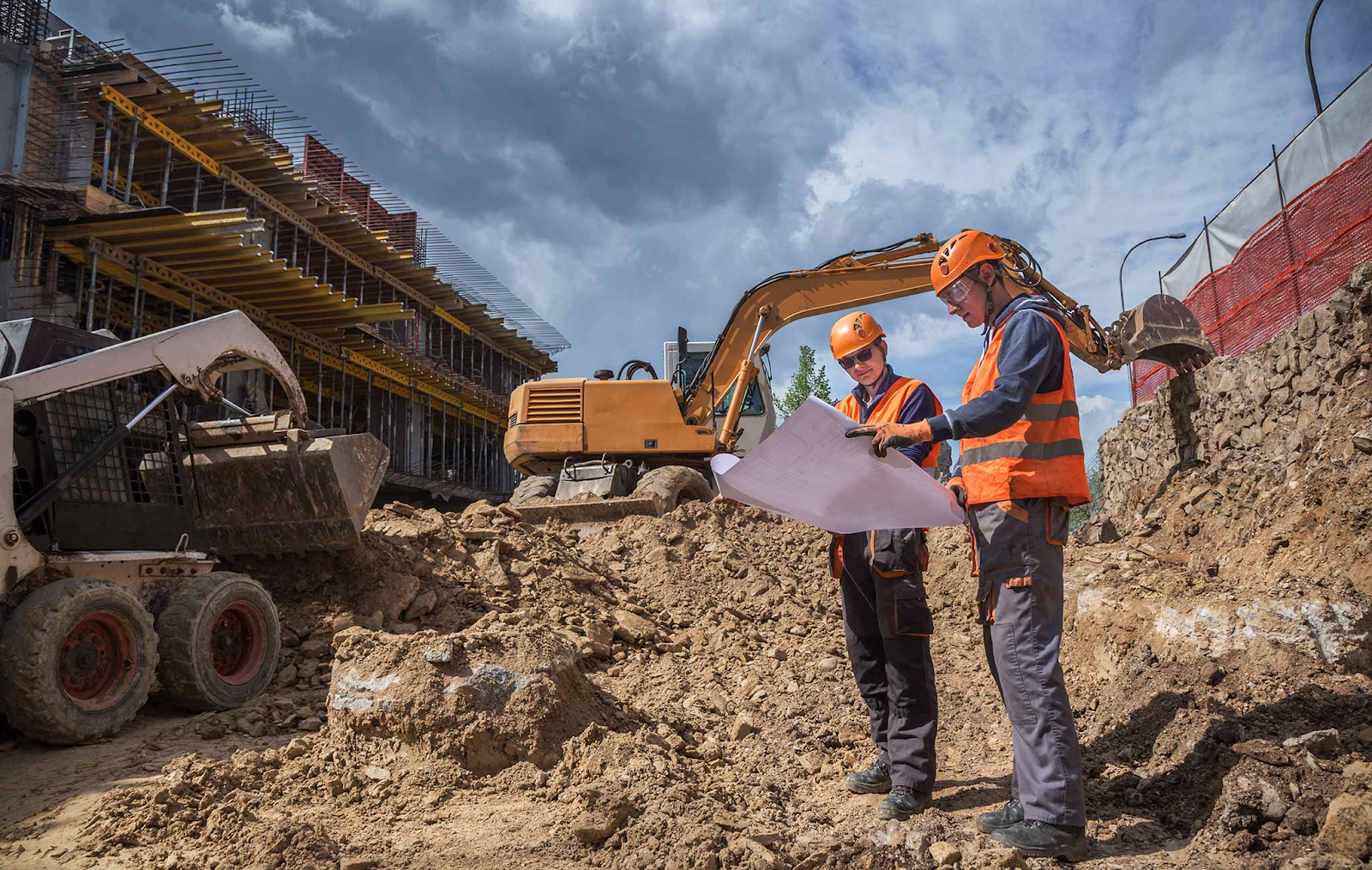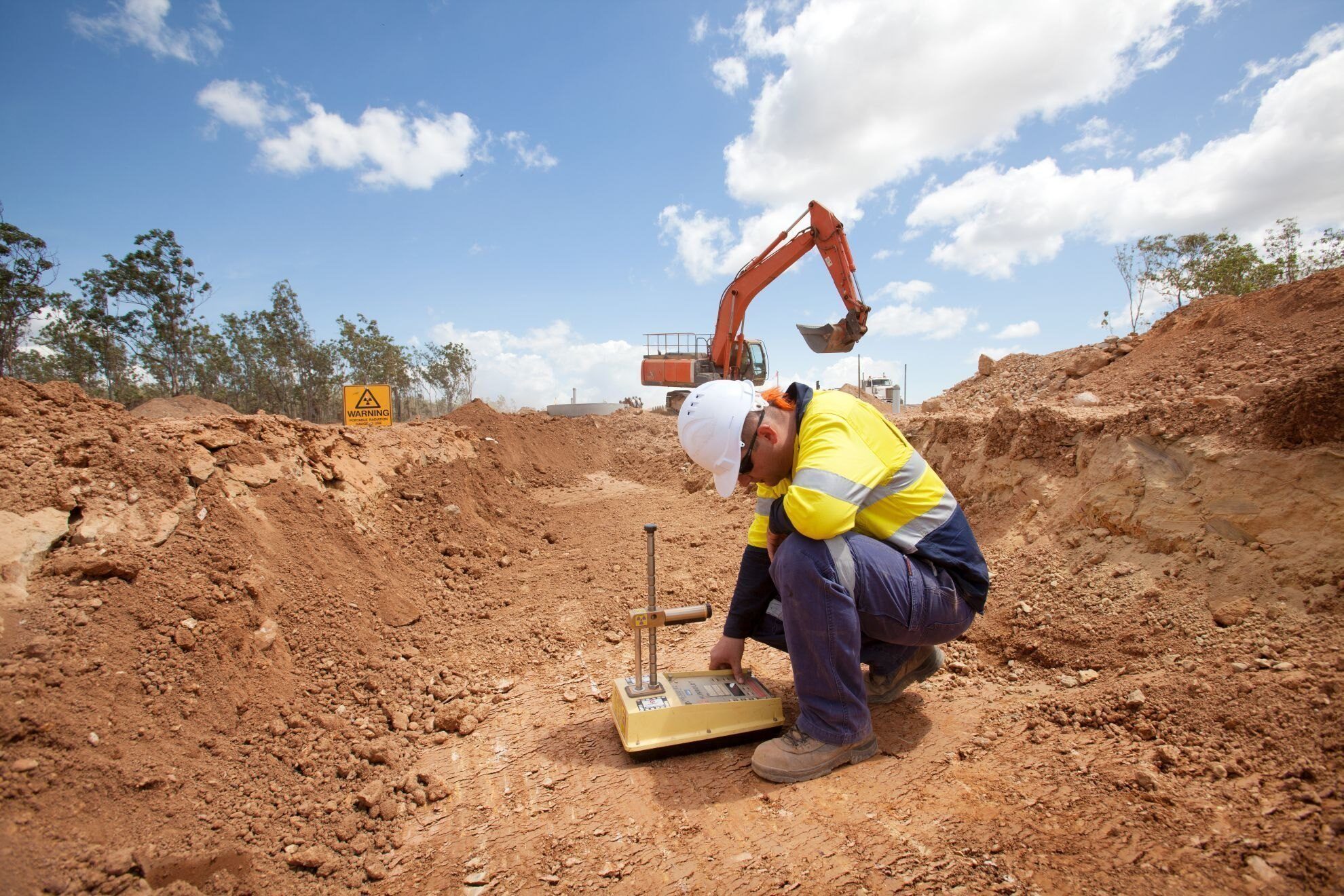The 25-Second Trick For Geotechnical Engineering For Construction Projects
The 25-Second Trick For Geotechnical Engineering For Construction Projects
Blog Article
Geotechnical Engineering For Construction Projects Things To Know Before You Get This
Table of ContentsGet This Report about Geotechnical Engineering For Construction ProjectsExamine This Report on Geotechnical Engineering For Construction ProjectsGeotechnical Engineering For Construction Projects Can Be Fun For AnyoneGeotechnical Engineering For Construction Projects Things To Know Before You Get ThisHow Geotechnical Engineering For Construction Projects can Save You Time, Stress, and Money.
Consequently, during the investigation, it is essential to drill at the called for deepness and the called for number of openings as per the referral of the Canadian Structure Layout criterion. In some cases, the owner could conserve some Geotechnical Examination price but end up investing greater than the expected throughout the building cost.The duties of the geotechnical specialist include giving material screening for building assistance. Geotechnical Engineering for Construction Projects. Geotechnical designers evaluate all the area examination reports to ensure that construction is going on according to the project specification. Throughout building, a confirmatory test for dirt compaction is done on-site to ensure that no future settlement occurs
After the concrete is put -7 days and 28 days- tests are performed on concrete samples accumulated from the website to make sure that the concrete put satisfies the layout requirement. Asphalt core is taken after the Asphalt is laid and compressed to confirm that it fulfills the style requirement. All research laboratory test reports are analysed by the Geotechnical Designer to make certain that it satisfies the job specification.
7 Simple Techniques For Geotechnical Engineering For Construction Projects

Geotechnical engineering plays an important role in ensuring the stability of construction jobs. Discover how it affects design and overall job success. Geotechnical design is an important branch of civil design that concentrates on recognizing the behaviour of planet products, such as dirt and rock. It involves evaluating subsurface conditions to make sure that a building's foundation or infrastructure is secure and safe and secure.

For a trusted structure and a smooth building procedure, trust to provide the competence you need. Get in touch with to obtain expert suggestions and geotechnical services tailored to your next task.
The Single Strategy To Use For Geotechnical Engineering For Construction Projects
When starting a land advancement job, recognizing the ground beneath your feet is as essential as the frameworks you prepare to develop above it. Our Geotechnical Design group analyse the ground, ensuring it is suitable for the proposed growth while providing you with the details needed to meet your job objectives.
Geotechnical Engineering looks at the formation of the ground, as it is the building obstructs for all jobs. Where frameworks need to be developed relative to the ground problems; ground problems (e.g., soft ground) may require strengthening relying on the size of the intended framework. Before building, you require to find out about the groundwater, dirt framework, and liquefaction chance of your land.
For websites that are not linked on the neighborhood authority framework additional website investigations would certainly be needed to supply technological inputs for on-site stormwater and wastewater. We have actually experienced Geotechnical Designers based in each workplace, sustaining your geotechnical needs across the country. Connect to us to go over how we can support your following project.
These reports are customized to fulfill the specific requirements of a task and consist of style criteria and suggestions for the building and construction of a series of synthetic frameworks. In addition to supplying working as a consultant services covering areas such as slope stability and load-bearing abilities for various materials, these designers undertake r & d tasks to improve methodologies, equipment, materials expertise and evaluation covering entire lifecycles.
What Does Geotechnical Engineering For Construction Projects Mean?

Prices of pay normally enhance as your understanding and skills grow, with standards pointing to a graduate beginning salary of between 18,000 and 28,000 per year in the UK. This climbs to 26,000 to 36,000 with a few years of experience and after that reaching 40,000 to 60,000+ for elderly, legal or master engineers.
However, with the ideal click to read application it is feasible to master the occupation and gain entry to a tough yet satisfying and essential career. A geologist would require to retrain to become a geotechnical engineer, although there is lots of cross-over in between the two occupations, which might make this simpler - Geotechnical Engineering for Construction Projects. Geologists need to have an understanding of soils, rocks and other products from a scientific viewpoint, while geotechnical engineers tale their expertise of issues such as dirt and rock auto mechanic, geophysics and hydrology and apply them to engineering and have a peek at this website environmental projects
When beginning, these engineers will have a tendency to service less complicated tasks, accumulating expertise and experience prepared for more tough job later. Geotechnical engineers tend to specialise in details areas as they grow in experience, concentrating on particular infrastructures such as trains, roadways or water. These designers likewise deal with sustainable energy, offshore and onshore oil and gas, nuclear power, and extra.
Unknown Facts About Geotechnical Engineering For Construction Projects
The time taken to become a geotechnical engineer depends on where you are based, where you study and what level of education you desire to acquire before going into the office. Generally-speaking it takes 3-4 years to get to the basic needs to start a profession as a geotechnical engineer.
These procedures make it possible for professionals to assess a host of dirt mechanics including weight, porosity, void-to-solid fragment ratio, leaks in the structure, compressibility, optimum shear toughness, bearing capacity and contortions. If the structure needs a deep structure, designers will utilize a cone penetration examination to estimate the amount of skin and end bearing resistance in the subsurface.
When examining an incline's balance of shear tension and shear strength, or its ability to stand up to and undergo motion, rotational slides and translational slides are typically considered. Rotational slides fail along a curved surface, with translational slides happening on a planar surface area. An expert's objective is to figure out the problems at which a slope failing could take place.
Commonly, searchings for suggest that a website's dirt should be treated to improve its shear toughness, tightness and leaks in the structure prior to design and Look At This construction. When it comes time to set out foundation strategies, experts are progressively focused on sustainability, more especially how to decrease a foundation's carbon impact. One tactic has been to replace 20 percent of a foundation's cement with fly ash, a waste product from coal fire power plants.
Report this page